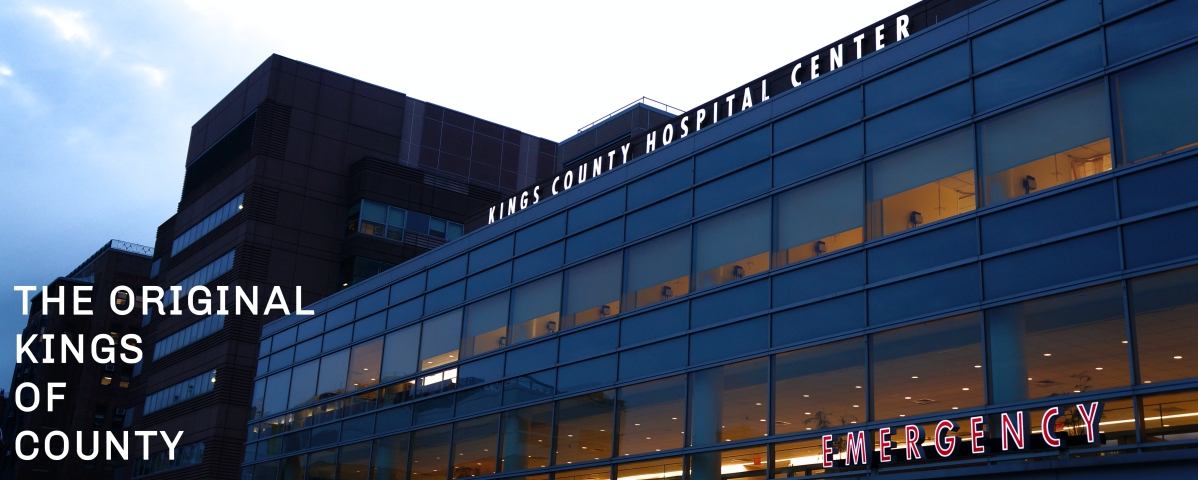A 32 year old local hipster who thinks he’s so “cool” that even his depression is atypical rolls in to the ED on his hand built, 1950’s soviet scooter complaining of a severe, acute onset occipital headache. He tells you that his Canadian psychiatrist put him on a new (yet retro) medication for his depression a few weeks ago because his SSRIs weren’t doing the trick.
He continues to tell you that since his favorite Korean Sudanese Taco place “that only he knew about” was discovered he has had to find an alternative to his beloved Kimchi. So he started making his own Sauerkraut, which he eats with cured meats, aged cheeses and banana peels.
On exam, you see a hypertensive, diaphoretic patient who is clearly uncomfortable due to his headache.
What adverse (antidepressant drug) reaction is this patient most likely experiencing?
– Tyramine reaction secondary to MAOIs and non adherence with dietary restrictions.
– Tyramine rich foods include: Aged cheeses, cured meats, Sauerkraut, pickled fish, banana peals and certain beans. Tyramine is a sympathomimetic usually deactivated in GI tract by MAO.
– Symptoms: Rapid onset (15-90min). Severe occipital or temporal headache. Other associated symptoms include diaphoresis, neuromuscular agitation, mydriasis, pallor, palpitations, chest pain and stiff neck. Typically Resolves within 6h.
* See “slightly more” below for a little more information about MAOIs
What is the main pharmacological treatment for the adverse reaction above?
– Treat severe hypertension with phentolamine or nitroprusside. Avoid beta blockers due to unopposed alpha-receptor stimulation.
– If symptoms resolve within 4 hours, pt can be discharged.
– Get an EKG for any chest pain and CT-head for neurological symptoms, as most feared complications are MI and intracranial bleed.
Slightly more
This patient was likely placed on an Monoamine Oxidase Inhibitors (MAOIs) for atypical depression. Although not common, MAO-As are still being used for atypical and refractory depression, in particular outside of the US. MAO-Bs are also commonly used for Parkinson’s disease and can produce similar adverse reactions to MAO-As In high doses. MAOIs inhibit monoamine oxidase, a mitochondrial enzyme responsible for the deactivation of amines such as norepinephrine, dopamine and serotonin, therefore increasing their synaptic concentration.
Miscellaneous facts:
** <30% of patients on MAOIs are adherent with the diet. 4-8% can experience the reaction even when adherent.
** Other plants and medications with MAOI properties are: St. John’s wart, linezolid, procarbazine, furazolidone and methylene blue.
** Due to the irreversible covalent bond of the medication, it takes 2 weeks to regain 50% activity and up to 40 days to reach 100% of MAO.
** Try to avoid adding any new medications to patients who are on MAOIs, as they interact with many classes of medications.
** Other adverse reactions from MAOIs are serotonin syndrome and MAOI overdose.
References:
Tintinalli, Judith E., and J. Stephan. Stapczynski. “173.” Tintinalli’s Emergency Medicine: A Comprehensive Study Guide. New York: McGraw-Hill, 2011. N. pag. Print.
By Itamar Goldstein MD
Special thanks to Dr. James Willis
Itamar Goldstein
Latest posts by Itamar Goldstein (see all)
- On steroids and bored – Review - July 21, 2015
- Curb you boredom – Review - July 7, 2015
- Depressed? No, Bored – Review. - June 23, 2015
- Burrowed Review - June 9, 2015
- Thought I was bored until I stopped drinking – Review - May 26, 2015

